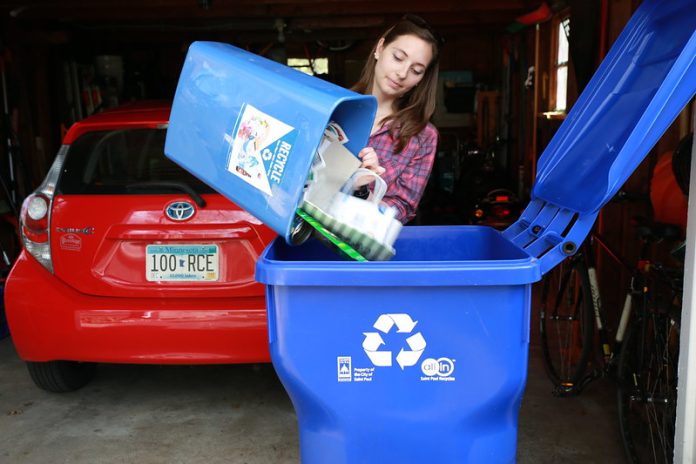
Australia’s national science agency, CSIRO, in collaboration with researchers from the University of Sydney, UNSW Sydney, Vienna University, and the United Nations Environment Programme have developed a material footprint indicator.
The program, which was disclosed in Nature Sustainability, follows and monitors each country’s reporting on international material supply chains in order to provide credible, science-based information on countries’ material footprints.
According to the study, the global material footprint has doubled since 1970 and is unlikely to decrease considerably for several decades.
The material footprint of a country collects the raw materials it consumes domestically and shows where those resources come from throughout the world.
Materials used to produce vehicles in Japan and exported to Australia, for example, contribute to Australia’s material footprint.
According to Dr Heinz Schandl, CSIRO Group Leader for Urban and Industrial Transformations and the paper’s coordinating author, the size of the global material footprint has consequences for climate mitigation, biodiversity, and waste and pollution outcomes.
“Net zero carbon can only be achieved if supported by a significant change in material composition reducing the share of carbon intensive materials, for example, in construction and transport,” said Dr Schandl.
“Australian governments can rely on the material footprint measure and the new global capability to inform resource productivity, recycling and clean energy, net zero and waste reduction efforts. This places Australia as a global leader to inform the decoupling of economic growth and living standards from adverse environmental and climate impacts.”
Countries can implement a circular economy and minimize waste through reuse, recycling, and waste avoidance as part of meeting the UN’s Sustainable Development Goals.
High-income countries like China, the United States, the United Kingdom, and Australia have the largest material footprint. Simply said, they have larger homes, more infrastructure, and consume more.
“For two of the UN’s sustainable development goals there has been no way to measure how the global economy measures up. How can we reach goals when we can’t quantify our track record?” said Lead author Professor Manfred Lenzen from the University of Sydney.
“Shifting away from material-intensive lifestyles requires maximising product lifetimes, reusability, reparability, and recyclability, while also reducing obsolescence and consumption that doesn’t enhance wellbeing.”
The tool is available at http://scp-hat.lifecycleinitiative.org
Image credit: https://www.csiro.au/en/news/News-releases/2021/New-tool-tracks-countries-resource-footprints-to-drive-change




















